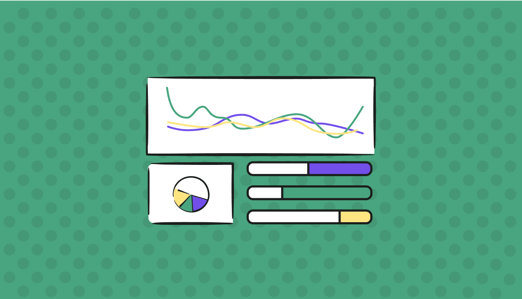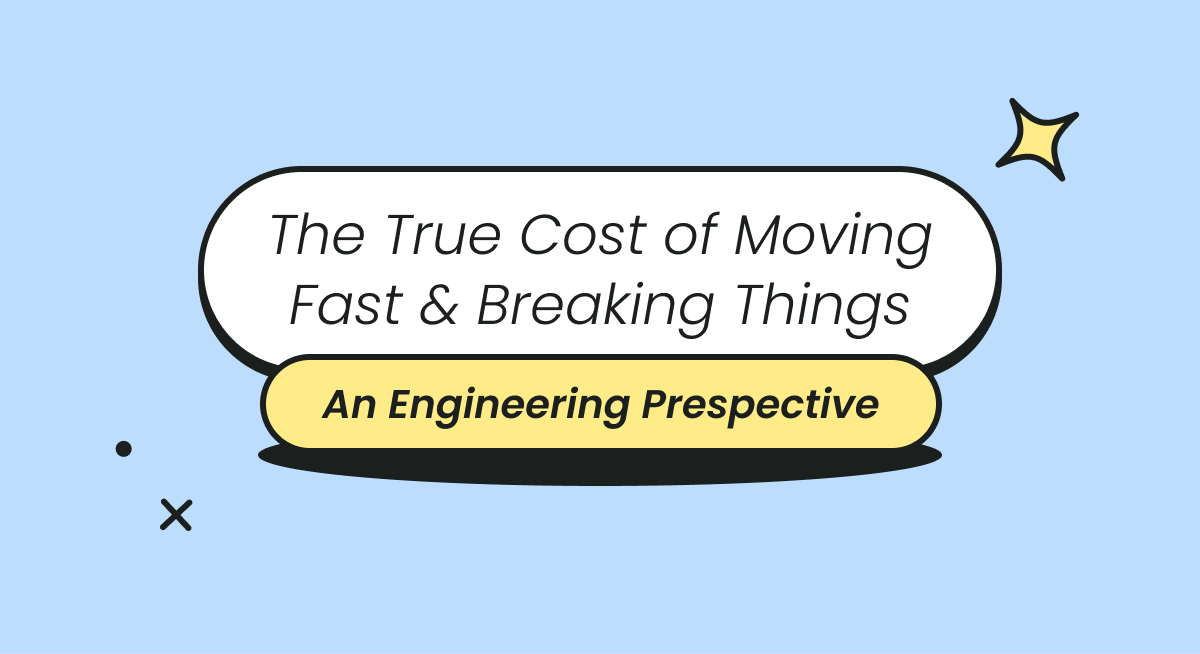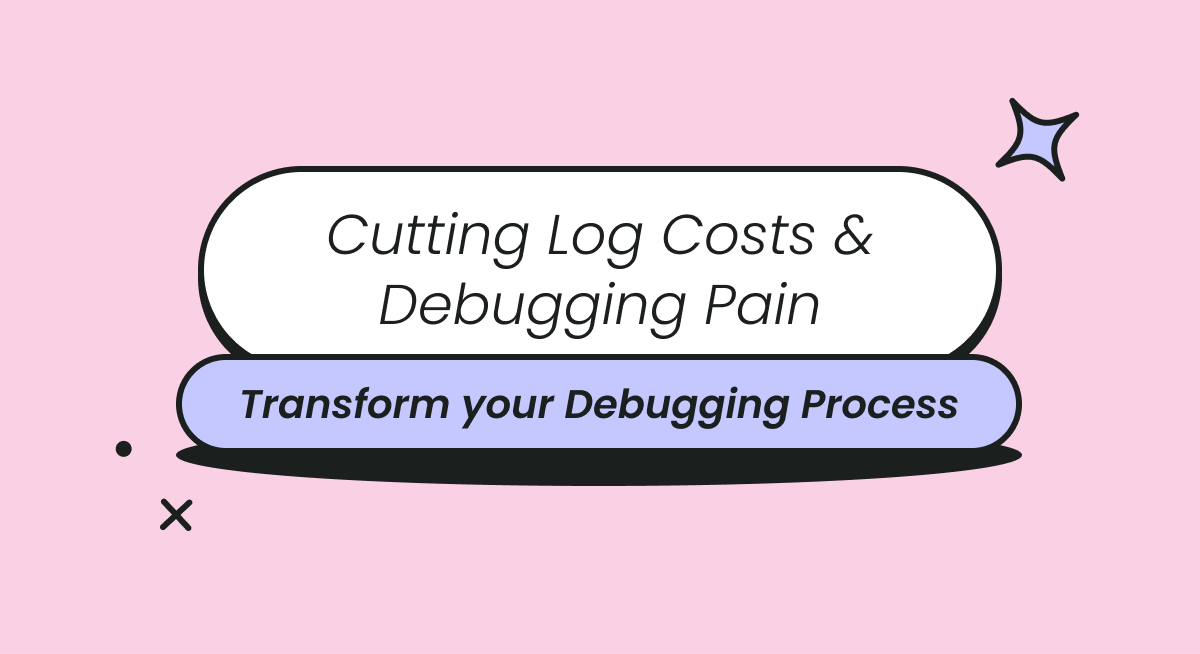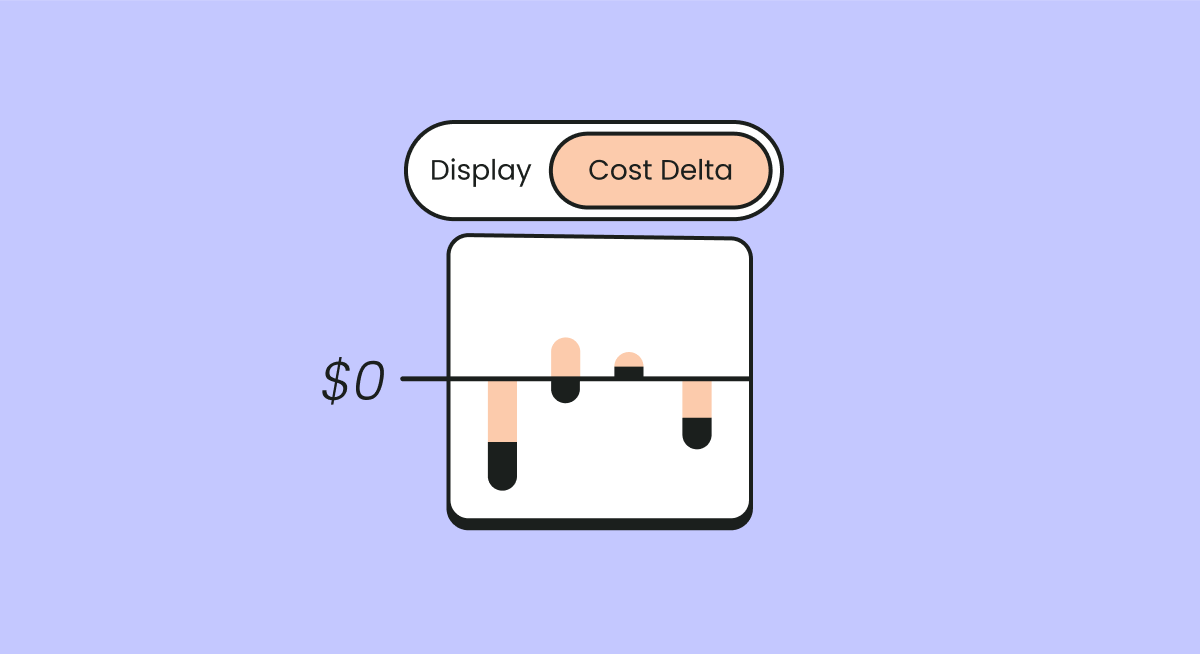
What Is a CFO Dashboard?
CFOs in modern organizations face numerous challenges, including managing increasing volumes of data, balancing short-term financial health with long-term strategic goals, and responding swiftly to market changes. The complexity of global operations, regulatory requirements, and the demand for detailed financial reporting add layers of difficulty to their role. Traditional financial tools and processes often fall short, making it hard to derive actionable insights from the vast amounts of financial data generated daily.
A CFO dashboard addresses these challenges by leveraging technology to centralize, visualize, and analyze financial data in real-time. Modern dashboards integrate seamlessly with ERP, accounting, and business intelligence systems, presenting key metrics in an interactive and accessible format. This empowers CFOs to move beyond static reporting, enabling them to monitor performance dynamically, identify trends, and make data-driven decisions with speed and confidence.
This is part of a series of articles about cloud cost management.
Related Content:
- Read our guide to Cloud Forecasting
- Read our guide to Cloud Governance
Benefits of a CFO Dashboard
CFO dashboards transform raw financial data into actionable insights, helping CFOs save time and make better decisions. Below are the key advantages of dashboards for modern CFO roles:
- Real-time decision support: CFO dashboards provide up-to-the-minute data, allowing finance leaders to identify trends, anomalies, or risks as they occur. For example, if cash reserves fall below a critical threshold, a CFO can act immediately to address liquidity concerns or adjust investment strategies, preventing potential disruptions.
- Data consolidation: By integrating data from ERP, CRM, HR, and other systems, dashboards eliminate silos and provide a unified view of organizational performance. This helps CFOs avoid inconsistencies and ensures that everyone is working with accurate, consolidated information, which is essential for aligning financial and operational decisions.
- Cost management: Dashboards pinpoint areas of inefficiency by breaking down costs by department, project, or vendor. With this insight, CFOs can identify and address over-budget expenses or negotiate better terms with suppliers, ensuring that spending aligns with organizational goals.
- Improved forecasting: Advanced CFO dashboards utilize predictive analytics and machine learning to enhance forecasting accuracy. CFOs can run multiple scenarios, such as best-case and worst-case projections, to prepare for potential outcomes. This level of foresight is crucial for strategic planning, resource allocation, and risk management.
- Enhanced visibility: Dashboards display key performance indicators (KPIs) in a clear, easily digestible format, offering CFOs a quick overview of critical metrics. For instance, visualizations of revenue growth, cost trends, or profit margins help prioritize focus areas and ensure the company stays on track with its financial objectives.
- Accountability and transparency: By offering granular visibility into financial metrics at every level, dashboards foster accountability among teams and departments. For example, managers can track their department’s spending against budgets in real-time, ensuring transparency and adherence to financial plans.
- Regulatory compliance: Built-in compliance tracking and automated alerts help CFOs stay ahead of evolving regulations and industry standards. These features ensure timely reporting, reduce the risk of errors, and enhance audit readiness, supporting the company’s reputation and financial integrity.
Related content: Read our guide to FinOps tools.
What Is The Difference Between a CFO Dashboard and a CFO Report?
A CFO dashboard and a CFO report serve distinct yet complementary purposes in financial management:
- A CFO dashboard is an interactive, real-time tool that provides continuous access to critical financial metrics, allowing for dynamic data exploration and instant decision-making.
- A CFO report is a static document generated periodically (e.g., monthly or quarterly) that presents a snapshot of the company's financial status over a specific time frame.
The primary difference lies in their functionality. CFO dashboards offer live updates and allow users to drill down into specific data points for deeper analysis, making them suitable for real-time monitoring and quick adjustments. CFO reports can be more comprehensive, offering detailed narrative explanations, historical comparisons, and contextual analysis.
CFO Dashboard Examples
1. Cloud Cost Dashboard
A Cloud Cost Dashboard helps CFOs monitor and manage the financial impact of cloud services. As companies increasingly rely on cloud infrastructure, tracking cloud costs becomes crucial to controlling operational expenditures. This dashboard provides a detailed breakdown of cloud expenses, helping CFOs identify areas where costs can be optimized or reduced.
Example dashboard: Finout
Metrics Covered:
- Total Cloud Spend by Provider
- Monthly and Yearly Cloud Cost Trends
- Cost per Application or Service
- Cost per Department or Business Unit
- Forecasted Cloud Spend
- Cloud Cost Overruns or Anomalies
- Cost Efficiency Metrics (e.g., cost per user or transaction)
2. Sales Dashboards
A Sales Dashboard consolidates key sales metrics to give CFOs a clear picture of revenue generation. It allows monitoring of sales performance across different regions, teams, and products, helping CFOs ensure the company is on track to meet revenue goals. This dashboard is critical for analyzing sales trends and identifying areas for growth.
Example dashboard: HubSpot
Typical metrics covered:
- Total Sales Revenue
- Revenue Growth Rate
- Sales by Region or Product Line
- Average Deal Size
- Sales Conversion Rate
- Sales Pipeline Value
- Revenue Forecast vs. Actuals
3. Cash Flow Dashboard
The Cash Flow Dashboard tracks the movement of cash in and out of the organization, providing CFOs with real-time visibility into liquidity. This dashboard helps in managing short-term financial stability by identifying cash surpluses or shortages, ensuring the company has enough liquidity to cover operational needs and avoid cash flow issues.
Example dashboard: Databox
Typical metrics covered:
- Cash Inflows vs. Outflows
- Net Cash Flow
- Cash Flow Forecast
- Accounts Receivable and Payable
- Days Sales Outstanding (DSO)
- Working Capital
- Burn Rate
4. Customer Ledger Dashboard
A Customer Ledger Dashboard offers a comprehensive view of all customer-related financial data. It tracks payments, outstanding invoices, and credits, providing CFOs with essential insights into customer payment behavior and overall financial health. This helps in managing accounts receivable more effectively.
Example dashboard: HouseOfControl
Typical metrics covered:
- Total Outstanding Invoices
- Days Sales Outstanding (DSO)
- Aging of Receivables
- Customer Payment History
- Credit Limits and Utilization
- Bad Debt and Write-offs
- Invoice Disputes or Exceptions
5. Expense Management Dashboard
The Expense Management Dashboard enables CFOs to monitor and control company expenses, ensuring that costs are aligned with budgets. This dashboard helps in identifying areas of overspending and highlights opportunities for cost savings across departments.
Example dashboard: Databox
Typical metrics covered:
- Total Operating Expenses
- Expense by Department or Cost Center
- Variance to Budget
- Expense Trends Over Time
- Top Expense Categories
- Compliance with Expense Policies
- Employee Reimbursement Metrics
6. KPI Overview Dashboard
A KPI Overview Dashboard provides a high-level summary of key performance indicators (KPIs) critical to the organization’s financial health. This dashboard enables CFOs to monitor the company’s financial and operational performance against strategic objectives.
Example dashboard: Qlik
Typical metrics covered:
- Revenue and Profitability KPIs
- Gross Margin
- Operating Income
- EBITDA (Earnings Before Interest, Taxes, Depreciation, and Amortization)
- Return on Equity (ROE)
- Return on Investment (ROI)
- Debt-to-Equity Ratio
7. P&L Dashboard
A Profit & Loss (P&L) Dashboard provides a snapshot of the company’s revenues, costs, and expenses over a specific period. This dashboard enables CFOs to track profitability, ensuring that the company is meeting its financial goals and identifying areas for cost reduction.
Example dashboard: BoldBI
Typical metrics covered:
- Total Revenue
- Gross Profit Margin
- Operating Expenses
- Net Income
- Operating Income (EBIT)
- Variance to Budget
- Profitability by Product Line or Business Unit
8. Forecast Dashboard
The Forecast Dashboard is designed to help CFOs project future financial performance. By leveraging historical data and predictive analytics, this dashboard provides insights into potential financial outcomes, allowing CFOs to plan more effectively and adjust strategies based on up-to-date forecasts.
Example dashboard: Salesloft
Typical metrics covered:
- Revenue Forecast
- Expense Forecast
- Cash Flow Forecast
- Scenario Planning Outcomes
- Profitability Projections
- Budget Variances
- Forecast Accuracy Percentage
Related content: Read our guide to cloud cost management tools
Cloud Cost Optimization for CFOs with Finout
For CFOs, navigating the complexities of cloud cost management is an increasingly critical responsibility. As organizations scale, cloud expenses can become fragmented across teams, departments, and projects, making transparency and accountability a challenge. Finout provides CFOs with the tools and insights needed to take full control of cloud spend, enabling strategic financial decisions and ensuring alignment with organizational goals.
How Finout Empowers CFOs:
- Real-Time Cost Visibility: Gain a comprehensive view of cloud expenses across your organization, ensuring there are no unexpected overages.
- Precise Cost Allocation: Attribute cloud spend to specific teams, departments, or customers, fostering accountability and accurate financial reporting.
- Waste Detection and Optimization: Identify inefficiencies and eliminate waste to ensure cloud investments drive maximum value.
- Improved Financial Planning: Leverage advanced forecasting tools to align cloud budgets with broader financial strategies.
Finout transforms cloud cost management from a reactive process to a proactive strategy, giving CFOs the transparency and control they need to optimize spend and drive business success.








